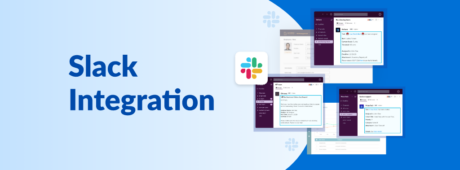Efficient and Effective Application Development
August 27, 2013

A recent article by McKinsey & Company discusses a more effective way to measure the success of application development in large organizations. The article suggests that instead of the traditional method of measuring developer productivity by hours spent on the project, it’s best to measure output by use case points, or the amount of functionality delivered through the effort.
The article cites that since software is the key to innovation, it has become central to the performance of almost all departments of an organization. U.S. companies invest as much as 60% of their total IT spending in software, so it’s crucial to measure the outcome of this investment.
McKinsey’s suggested methodology begins by defining use cases that the application is expected to address. Defining and documenting use cases is critical in creating technical requirements documents that are more than just a list of features. Use cases force the team to focus on delivering a solution that is well defined and therefore suffers the least from last minute changes.
Use case points are then derived from use cases by calculating the number of transactions performed by the application and the number of actors that interact with the application.
At Caspio, we believe that applying a use case methodology sheds light on measurable productivity gains. Compared to traditional application development methods, Caspio delivers use case points at a fraction of the time and resources. And the results are predictable, instantly deployable, and easy to change.
Furthermore, in our view this practice is just as applicable to SMBs as large corporations. Data management and cloud computing are now the lifeblood of almost any modern company, and utilizing web-based database application development tools like Caspio offer tremendous productivity, agility and efficiency gains.















